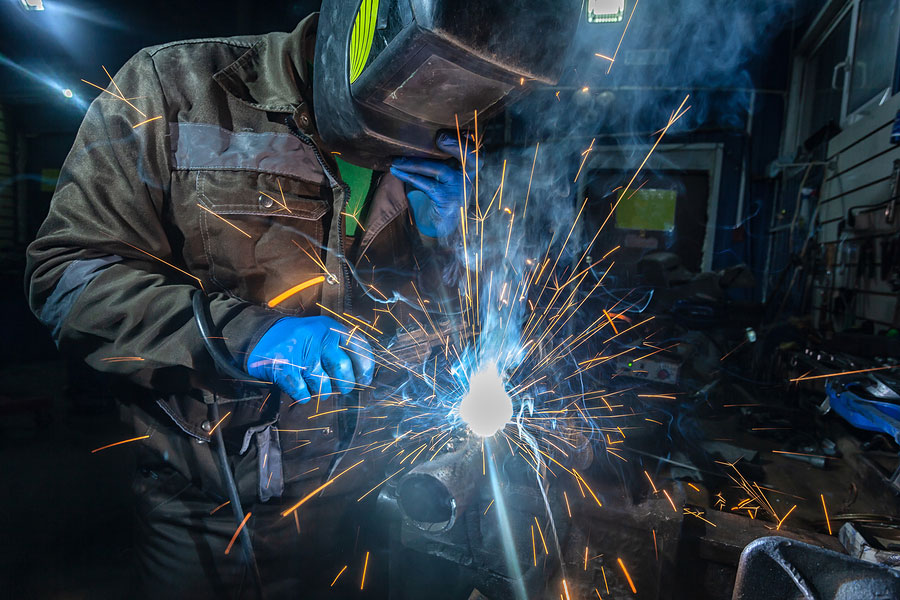When an application requires metal stamping, two approaches can be adopted, either hot metal stamping or cold metal stamping. Selecting one or the other will depend on the kind of part that you are attempting to form and what the needs are for that particular part. The advantages and disadvantages of hot vs cold metal stamping are described below to give you an idea of which option will be better for your specific circumstances.
Hot Metal Stamping
In the process of hot metal stamping, steel blanks are heated to a point where they can be deformed, which are then reformed into the desired shape through the use of special dies. Once this desired shape is achieved, the steel blanks are cooled rapidly, so that the form becomes locked in. The main advantage of using hot metal stamping is that complex parts with tremendous strength can be pressed into a single lightweight piece.
This option avoids the necessity of having to weld parts together, which would most likely be thicker and heavier. Creating such lightweight components makes hot metal stamping an ideal process for applications such as making automobile frames. Parts produced in this manner are also known for their high tensile strength, which can be a highly desirable characteristic for many applications.
The disadvantage of hot metal stamping is that it is generally a much more expensive process than its counterpart, cold metal stamping. Once you’ve created a part through hot metal stamping, it cannot be reformed, leaving you stuck with the formed part. It’s also true that hot metal stamping cannot be used with the vast majority of metals. Essentially, you’re restricted to using boron steel for hot metal stamping, and that is a significant contributor to its higher cost.
Cold Metal Stamping
In cold metal stamping, metal sheets can be shaped into required forms through the use of high pressure. However, because the pressure is the force being applied to create any new shape, it is generally necessary to work with thick pieces of metal, so that this high pressure can be applied effectively, without damaging the metal being pressured.
There are several advantages to the cold metal stamping approach, the first of which is that it can be done much more quickly. Cold metal stamping can also be used on a variety of different types of metal, as opposed to being restricted to boron steel with hot metal stamping. When it becomes necessary to reform your part or to undertake processes such as flanging or draws, cold stamping is your only option, since hot metal stamping cannot be used for reforming parts.
The major disadvantage of cold metal stamping is that it becomes possible to get springback, which will result in the part becoming slightly warped. That does not happen during hot metal stamping because it has high-stress resistance and high tensile strength. It is also not possible to use cold metal stamping when manufacturing complex parts that need to be lightweight, a process that is under the exclusive domain of hot metal stamping.
If you should have a need for expertise in welding or metal stamping, especially in the area of designing and constructing tools you may need, contact Velocity Metalworks at your convenience. With a powerful metal stamping capacity, EDM capability, and precision machining services, Velocity Metalworks is a company that can deliver full service in all areas of tooling and stamping.

